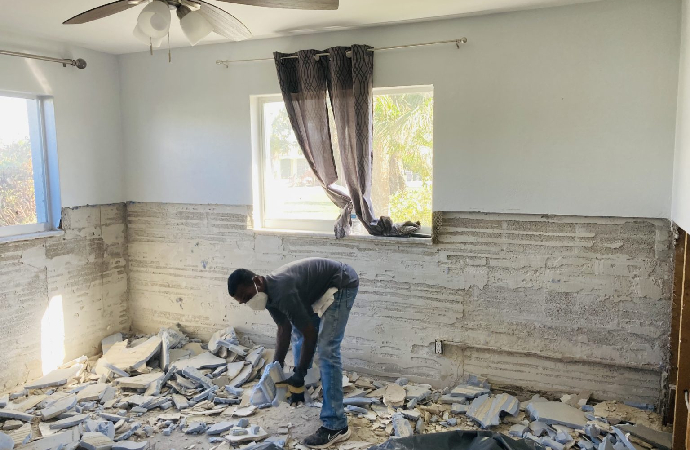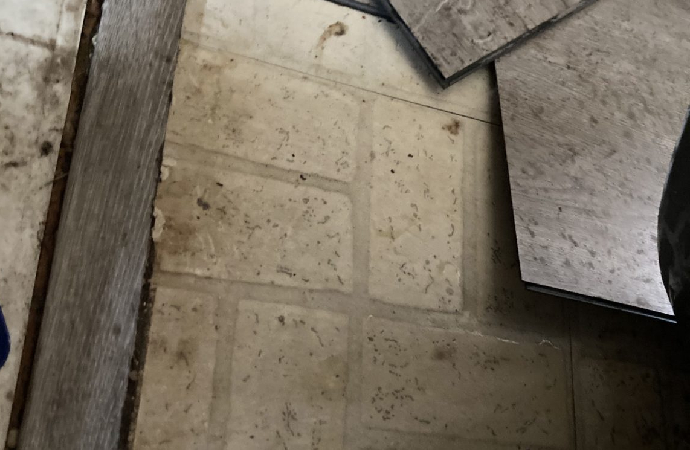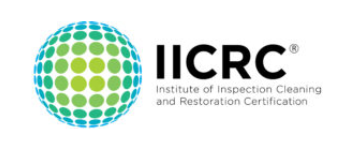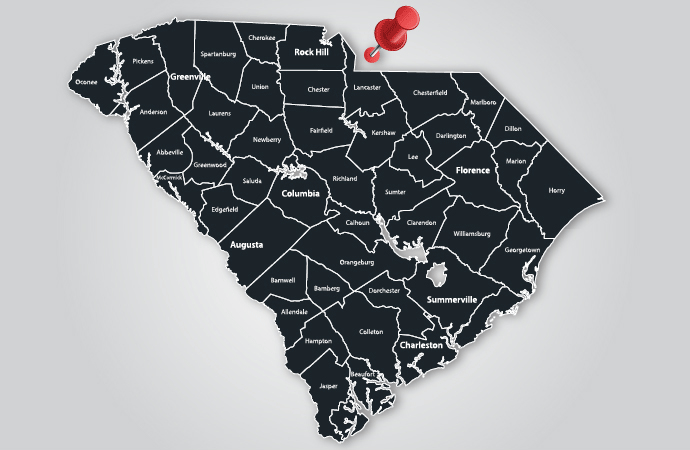5 Immediate Steps to Take When Your Property is Damaged From a Winter Storm

When a winter storm causes property damage, you might feel instantly panicked. How do you prevent further damage? What do you do about calling your insurance company? Do you need to have an adjustor look at the damage?
These questions are all completely normal after your home or property has been damaged by a winter storm. This guide will help you to know what to do first if you have suffered property damage due to winter conditions. Taking the proper first steps can make all the difference when it comes to preventing further damage and getting your home back to its former condition.
If you are ready to learn more about what to do after your property has been damaged by a winter storm, you will need to check out this guide.
Immediate Steps to Take if Your Property Has Been Damaged Due to a Winter Storm
The very first thing to do if your property has been impacted by a winter storm is to make sure that everyone in your family is all right. This is the very first step on any list of things to do related to a winter storm. Always stay calm and make sure that you don’t make any decisions in a panicked state of mind. Being in the wrong state of mind can make it hard to get through the process of getting a claim filed and the cleanup process underway.
- Cut off Power and Water
The first thing that you should do after making sure that you and your family are all right is to turn off the power and water. Cutting off the power and the water supply can mitigate problems related to flooding, and this can also prevent the risk of fire. You might not be sure where the water is coming from when your home has suffered water damage, and you do not want water flowing over electrical since this can lead to a fire.
Knowing where your shutoff valves are is important, as is knowing where your breaker box is so that you can flip off the power to your home. This is a great place to start the process of dealing with property damage, and it can help stave off far worse damage to your property.
Make sure that you take the time to figure out where the shut-off for your water is and where the electrical box is. If you think that someone else in the home will need to know this information as well, you will want to take the time to diagram the information and make it available. This is one of the most important steps in preventing damage to your home, and you should be sure that you do not fail to take care of this step right off when something like
- Document Everything
Before you do anything about repairs, move items that have been damaged, or start the process of cleaning up your property, you need to document the damage carefully. You will want to be sure that you get pictures of all of the damaged items that you can see and make certain that you also get pictures of the condition of your home right after the problem occurs.
Your insurance company or insurance agent will need to see the pictures of what has happened so that they can file an accurate insurance claim. This is one of the steps that many people forget to take, and this makes the insurance claim process much harder to get through. Your insurance agent might not be able to come to your location, so your images taken with a phone or camera are key to helping your insurance adjuster and insurance company make a fair determination about the cost of your insurance claim.
Make sure to document all the personal property items that have been damaged or lost as well. All of this detail is key and cannot be gathered again if you have forgotten to take this step before reaching out to your insurance company.
- Contact A Cleanup and Restoration Team
This step of the process should be done before you reach out to the insurance company. You will need to reach out to a company that knows its way around water damage and fire restoration. This team should be able to take care of the essential water mitigation processes, the drying out process, and the cleaning of surfaces that might be impacted by mold or chemicals.
Winter storms usually cause damage that will require parts of the home to be sealed off from the outside. Temporary repairs are not suggested at this stage since delaying the cleanup process often leads to worsening conditions in the home. The restoration team that you work with will help to make sure that your home is not further damaged by the weather.
The cleanup team can estimate repair costs and take a look at the structure of the home itself. This is why you need to have these people come to look at your property before you reach out to homeowners insurance. You might need additional living expenses if you cannot move back into your home. The extent of the damage to your property is also key for property claims that might involve having to rebuild from the ground up.
The team who comes to take care of your damaged property will be able to cover broken windows and take care of sealing the house off from the weather. The team will also help to work with homeowners insurance to make sure that the extent of the damage is known to the company. Things like additional living expenses and temporary repairs are usually done with funding from the insurance company.
- Remove Damaged Items
If you have lots of damaged items in your home, you will need to collect these items and dispose of them. In the case of items that have been damaged by water or smoke, you might need to have a specific team with the right gear to take care of this process. Sometimes fires can release chemicals that are not safe to breathe and which can be absorbed by items that were left in the home during the fire.
In the case of water damage, when mold is present in the home, things like clothing, toys, and bedding might be impacted by things like black mold. Sometimes having the cleanup crew take care of this need is the best idea to prevent health risks and exposures that you might want to avoid.
In certain situations, most of the items that were involved in the property damage event can be salvaged. You might have to work with the cleanup crew to help determine which items you want to try and salvage.
- Follow Up on the Claims Process
If you have placed your claim, you will want to be sure that you do not quit reaching out to the insurance agent for updates. The standard homeowners’ insurance policy should cover this kind of damage with ease, but there can be complications that can lead to delays in your home repairs. Public insurance adjusters can also take a long time to get through their claims load to get to your claim.
Be sure that you follow up regularly on the status of your insurance claim or insurance claims related to winter storms. In the insurance industry, it is often the squeaky wheel that gets the grease. Besides, it saves the insurance company money if they are able to get you back in your home and stop releasing temporary living expenses to you.
The more that you track the process of your claim, the better off you will be and the more time your claim settlement determination will be. You should never assume that your claim will be processed rapidly, and if you are waiting on the settlement proceeds to be able to start repairing your home, you will need to keep close tabs on the process.

Winter Storm Damage Is Best Dealt With by a Skilled Restoration Crew
If your home has suffered damage as a result of a winter storm, you will want to work with a skilled restoration team right away. Make sure that you check on the well-being of you and your family first, and then take the time to get some pictures of the damage that has happened to your home. This information is key for the insurance claim process.
Always be sure that you reach out to a skilled restoration crew before you contact your insurance company. Having the right restoration team involved in your claims process can make all the difference in getting the support that you need to get your home back to its former condition. The insurance process and the cleanup process are much easier when you have a restoration team on your side.
The work that is done by the restoration company will make it possible for you to protect your home from damage while the claim settlement process is being handled. Having the peace of mind that your home is safe and secure can make it much easier to get through the claims process.





